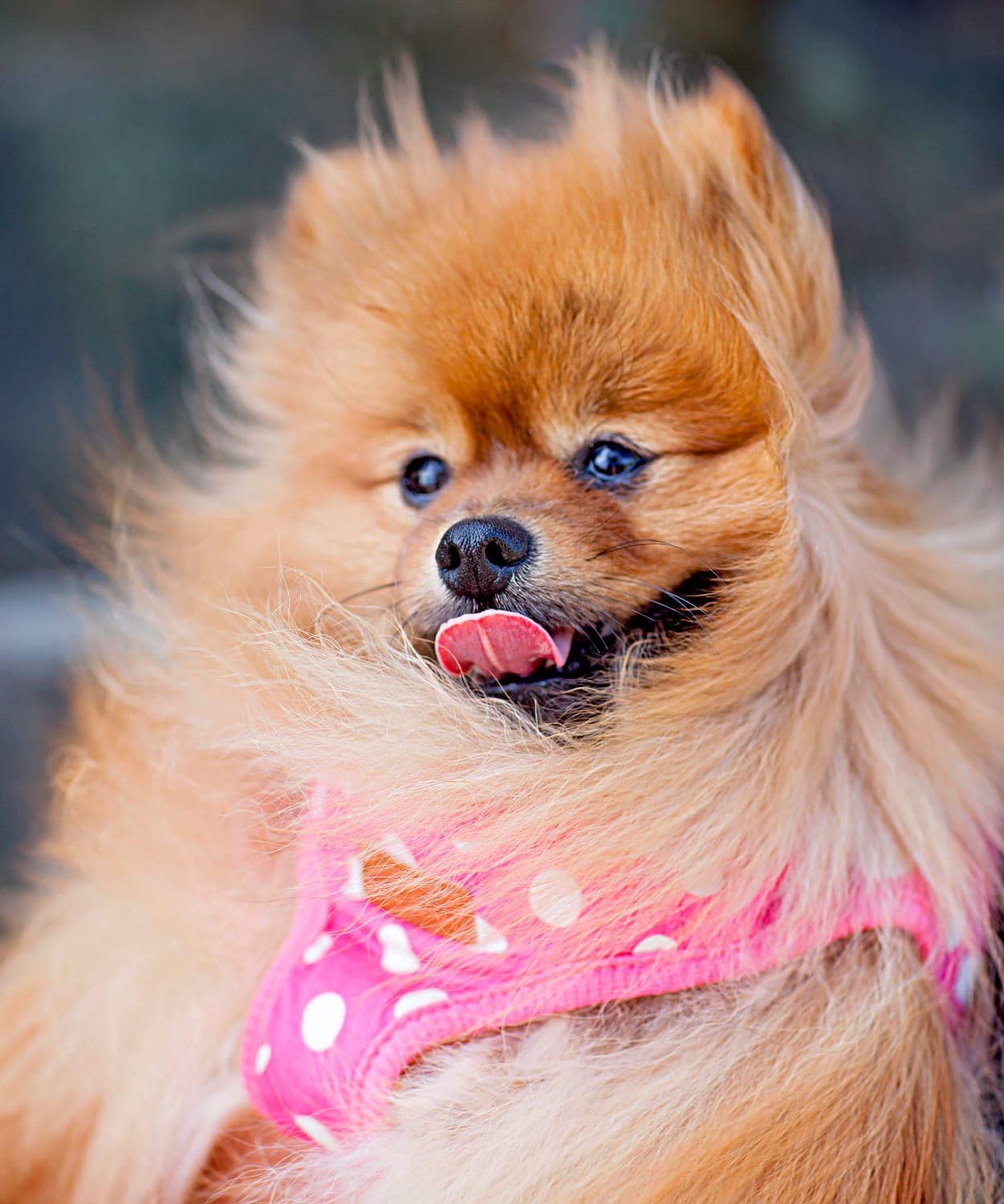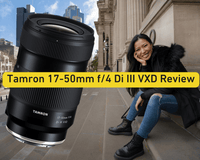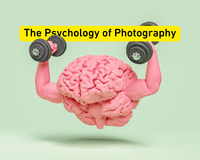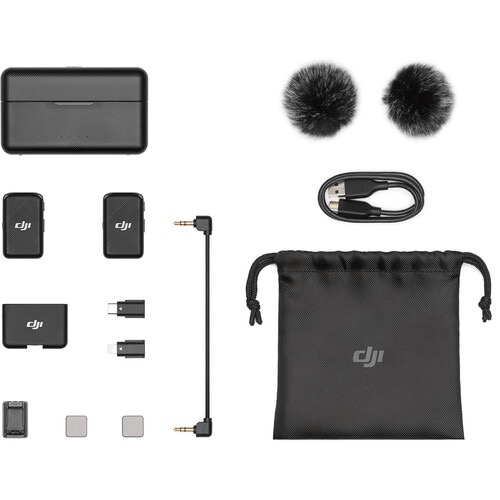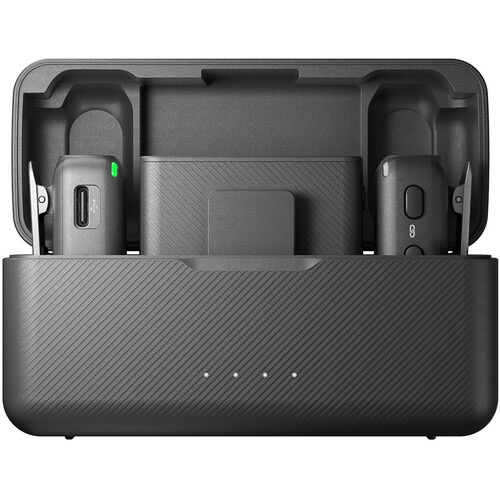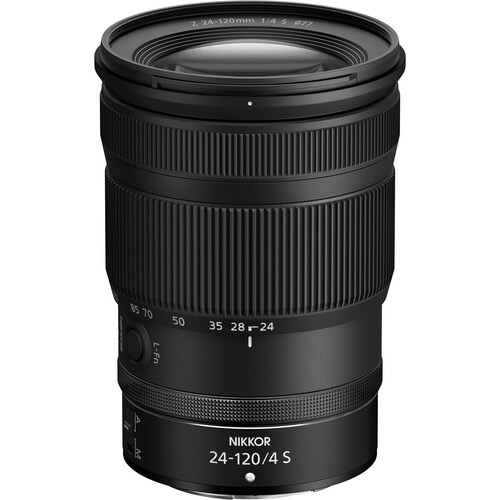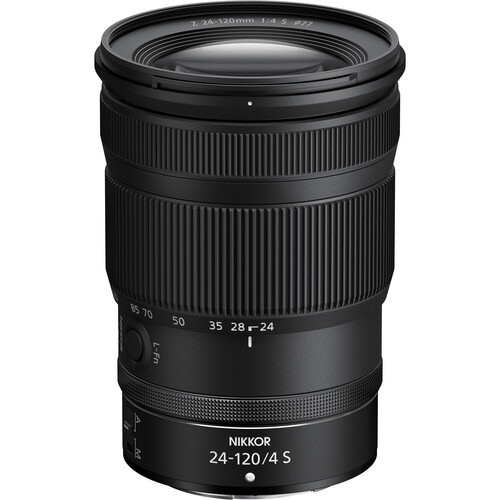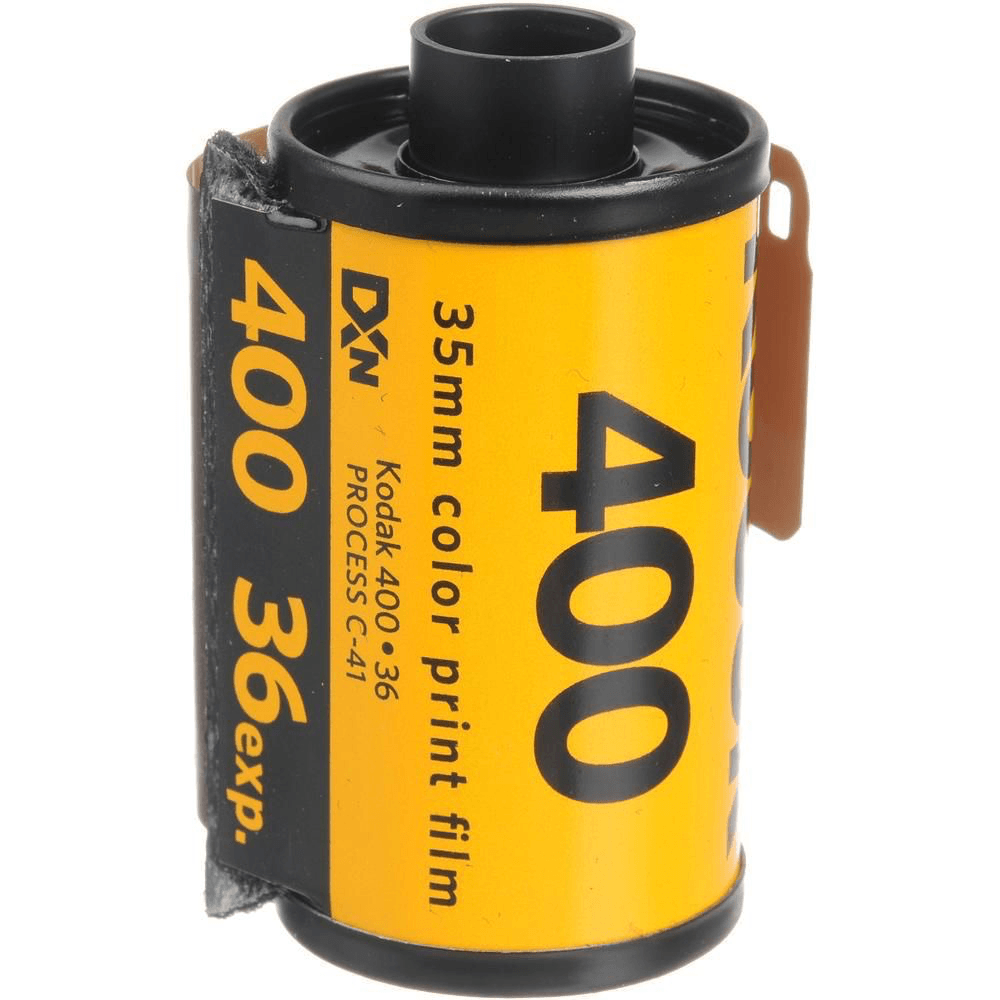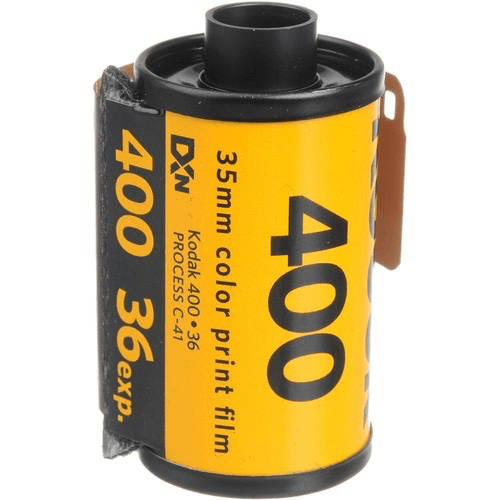The urge to capture everything beautiful and near to their hearts, especially their beloved dogs, is part of any photographer's instinct. Dogs, for example, are some of the most adorable, amusing, and lively photo subjects around. However, because dogs are unpredictable by nature, capturing excellent dog photographs may be difficult.
The domestication of the Canis lupus familiaris–common dogs – occurred thousands of years ago by humans. Dog owners began capturing their family pets with Kodak box cameras approximately a century ago. While cameras have evolved over the last 100 years, dogs have not changed much (though, to be fair, we've developed new breeds). The art of dog photography necessitates practice, and it has several unique difficulties owing to the subject's unpredictability.
Here are some helpful and practical tips to make your picture-taking enterprise as simple and hassle-free as possible for you and your pet.
Set a Time for the Session
Proper scheduling might be the difference between success and failure for a photo shoot. If you want portrait-style dog photos, you'll have a far better chance of getting your dog in a calm setting when they're sleepy or just woke up. Snapping pictures of them while they're most active is preferable if you want exciting action shots.
You may usually prepare them for the latter by playing with them ahead of time. You might be able to catch both calm moments and action shots in the same shoot if you're lucky. To achieve it, begin by making the pups feel more relaxed, then give them goodies and play time for later animated dog pictures.
Plan Your Images Carefully
Candids and going with the flow may produce decent photographs, but for really engaging ones that tell a story, you'll need to include them in context. Create a photo shoot theme and prepare your essential pictures. You might want to use props like dog toys or food that will elicit hunger pangs and excitement. Add variety to your dog photo sessions by selecting locations throughout the home where you can put them and developing various activities for each.
Natural Light is the Cat's (or Dog's) Pajamas
You don't have to be concerned about voltage fluctuations or sophisticated lighting solutions when photographing dogs. The ideal option is to employ natural, continuous light that will not frighten them or cause red-eye in your photos. Whether you're using ambient or studio lights, the general guideline is to shoot for bright, diffused illumination that will assist create more positive images.
Even if your pup isn't responding well to brighter lights, you may always boost your ISO to capture action shots at fast shutter speeds, even in a dimmer setting. The higher the ISO, the faster you can shoot! Overcast days are typically preferred if you're filming outside because they provide more uniform, diffused illumination. Days with sunshine present more significant challenges for photo sessions than overcast days because of the intense light, so don't be concerned if it's cloudy.
Crank up Your Shutter Speed
Here's one more reason why photographing dogs might be challenging. You'll typically need a camera with fast shutter speeds to capture movement, and this implies you'll also need to understand how to use a manual setting on your camera.
Some digital cameras have a programmed Pet Mode, but it isn't always enough to capture well-exposed, tack-sharp photos. So your best bet is to use a mirrorless camera or a DSLR, or at the very least a special app that allows you to modify manual camera settings. The Nikon Z series, Canon EOS R3, and Sony A1 all include animal eye detection as part of their face detection option.
Make Sure Your Doggie Feels Safe and Comfortable
The most fundamental goal in dog photography is to capture your pet's personality and character. You'll have a more challenging time getting this if your pet is in a strange environment, like a studio. Head to the park or backyard and let your pet unwind. This should make them feel—and appear—more at ease for the camera. It will also assist first-time pet photographers to feel more at ease!
Look Them in the Eye (by Getting Down to Their Height)
People are accustomed to viewing dogs from above, so photographs taken from that angle may not be as eye-catching. Shoot them at their natural level. Depending on the dog breed, you may have to crouch or lay flat on your stomach to level the camera with your pup. The goal is to shoot at their eye level or even lower, giving you the best perspective on their emotions. Laying on the floor with your camera for a photoshoot might feel daunting as a new pet photographer. Just keep in mind that nose smears are inevitable if you don't have a lens cloth handy.
Here Boy! – Get their Attention
Getting a dog's attention is one of the essential skills to learn when taking dog photographs. If you want them to stay put, try this easy method: let them play before you're ready with the camera and your finger on the shutter, then call for their attention. Click the shutter as soon as they look towards you, and you'll be able to catch them paying full attention to you and your camera.
Use Eyes as Your Focus Anchor
The eyes are the gateway to a person's soul, and it applies to every living thing. When photographing your dog, make sure to focus on their eyes to ensure that they're clear and to allow the dog's expression to stand out. Whether or not they're looking straight at the camera, watch for and capture that perfect puppy dog eyes moment. In terms of expression and personality, eyes with emotion will always result in more engaging dog photos.
Reward Your K-9 Buddy
Make sure you give your model a treat for being a good boy or girl!
When it comes to photographing posing, dogs aren't always the most cooperative—after all, they're animals—but you may assist them in getting into a cute and photogenic position by using everything from (owner-approved) goodies to squeaky toys. If the dog isn't cooperating, take a break or go for a stroll to calm down before trying new dog postures when you return.
You'll end up with many cherished snapshots.
Related article: Wildlife Photography Tips
Related article: How to Photograph Fireflies
Related article: How to Photograph Birds
Related article: How to Photograph Hummingbirds

